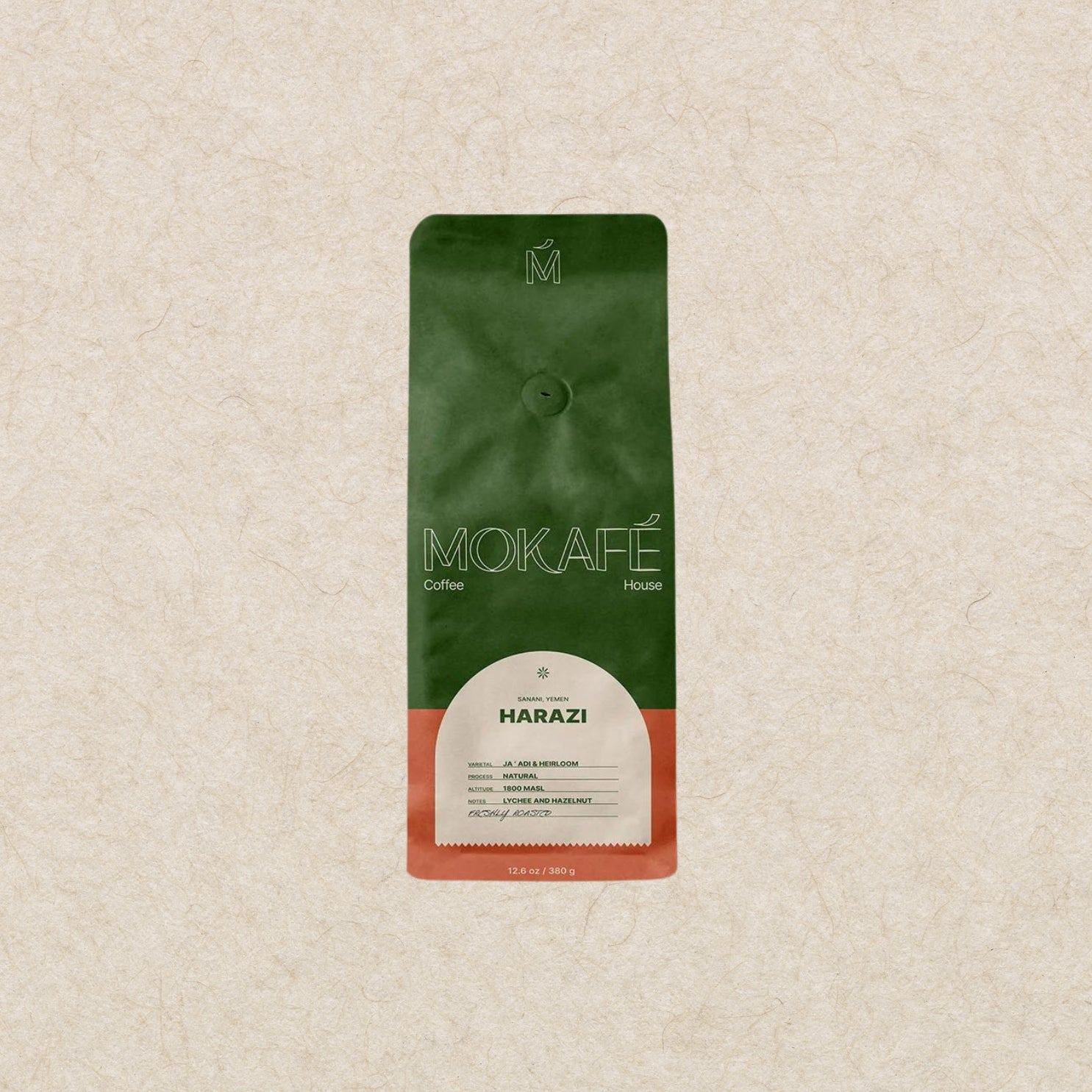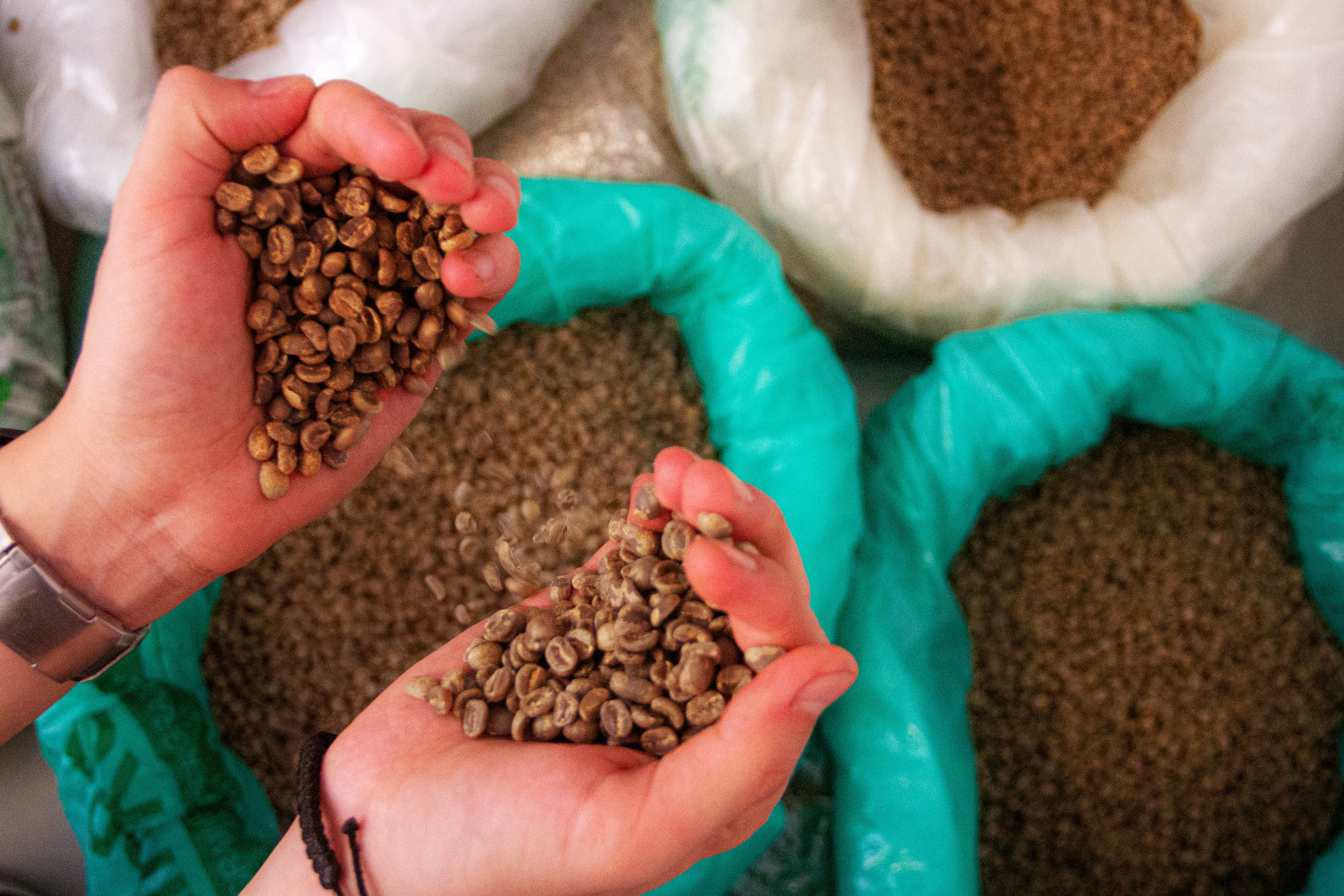Well, there's coffee, and then there's single-origin coffee, and they are as different as night and day. So what exactly is this single-origin coffee, and why has it gained so much popularity not just in the coffee community but worldwide? In this blog, we'll delve into the fascinating world of single-origin coffee beans, exploring their origins, unique characteristics, the reasons behind their growing popularity and where to find the best single-origin coffees.
What is Single-Origin Coffee?
Single-origin coffee refers to coffee beans sourced from a single geographical location, typically a specific region, estate, or even a single farm within a coffee-producing country.
Unlike blended coffees, which combine beans from various origins, single-origin coffees are prized for their unique flavors and distinct characteristics, often influenced by the terroir of their growing region.
The most outstanding feature of Single-origin coffee is its exceptional level of traceability, providing coffee enthusiasts with a profound connection to the source. Unlike blends, which combine beans from various regions, single-origin coffees are celebrated for their specificity.
It originates from a coffee farm in a unique setting, resulting in a flavor profile that mirrors the characteristics of its place of origin. This emphasis on single-origin beans is driven by a desire to gain a deeper understanding of a coffee's profile and how the unique attributes of its origin influence its taste and aroma. It's all about savoring the true essence of a particular culture, coffee terroir, farming practices and appreciating the impact of its journey from farm to cup.
The Coffee Belt
Coffee is primarily grown in regions near the equator, known as the Coffee Belt. This belt encompasses countries in Central and South America, Africa, Asia, and some parts of Oceania. Each region within the Coffee Belt produces coffee with distinct flavor profiles. For example,
beans from Guatemala
are celebrated for their full body and tasting notes of cocoa and a toffee-like sweetness, while
Yemeni-origin coffees
are known for their chocolate notes, the succulent hint of berries, and subtle woody-spicy undertones.
Countries/Regions for Single-origin Coffee
Single-origin coffee can originate from various countries or regions globally. Some renowned sources include Ethiopia, Colombia, Kenya, Guatemala, and Yemen, each offering distinct flavors.
Understanding Terroir
Terroir directly affects single-origins coffee's flavor profile. Terroir refers to the environmental factors that impact coffee beans' growth and flavor. Elements such as altitude, soil type, climate, and rainfall all contribute to the final taste of the coffee. Unlike other coffee, single-origin coffee allows you to explore how these factors influence the coffee's aroma, acidity, body, and overall taste.
The Role of Altitude
Altitude is another essential element in the flavor of single-origin coffees. Coffee grown at higher altitudes tends to mature more slowly, resulting in denser beans and more complex flavors. Beans from high-altitude regions often have a brighter acidity and a sweeter, cleaner taste. On the contrary, low-altitude coffees may have a milder flavor profile with less acidity.
Types of Single-Origin Coffee
When it comes to coffee, there are various types of single-origin coffee beans, each with its unique characteristics. Let's break down these categories to help you better understand what to expect from your coffee experience.
Single-Origin Coffee:
Single-origin coffee is a broad category encompassing beans grown and sourced within the same region. To earn this label, coffee beans must be cultivated in a single geographic area, ranging from a larger region to a specific crop. While it doesn't pinpoint a particular farm or estate, it does signify a consistent regional flavor profile. For instance, "single-origin Yemeni coffee" can represent beans from various parts of Yemen, offering diverse taste notes based on their distinct growing conditions.
Single Farm:
Single-farm coffee beans are sourced from a specific estate or farm, making them pricier due to their unique flavor profile. These beans thrive under identical environmental conditions, producing a more consistent taste. Often, these farms are family-owned and passed down through generations. The uniformity of these origin beans ensures the coffee's natural flavors shine through without the need to be blended with lower-quality beans.
Single Cooperative:
Coffee cooperatives are non-profit organizations that unite growers for mutual benefit. Members pool resources and distribute funds based on individual needs. This collaborative approach enhances access to vital resources, marketing opportunities, and business prospects. Single-origin coffee produced within a cooperative benefits from consistent growing conditions, translating into beans with reliable flavor profiles.
Micro Lot:
These origin coffees cater to those who seek precise information about their coffee. Micro lots are tiny parcels of land with unique growing conditions, resulting in exceptionally distinct flavor profiles. This level of detail appeals to consumers who appreciate a more specialized and exclusive coffee experience.
Processing Methods
How coffee, single-origin beans are processed after harvesting also dramatically influences their flavor. Several
Coffee processing methods
, including natural, washed, and honey-processed, contribute unique characteristics to the final cup. For example:
a.
Natural processing involves drying the whole cherries in the sun, which gives the coffee a fruitier and more complex flavor.
b.
Washed processing removes the fruit pulp before drying, producing cleaner and brighter flavors.
c.
Honey-processed coffee balances the two, adding sweetness and complexity to the single-origin coffee beans.
Understanding the processing method used for your single-origin coffee can provide insights into its flavor profile.The processing method employed in coffee production plays a pivotal role in shaping the flavor and aroma of your beloved beans. Whether it's the fruity complexity of natural processing or the clean, bright notes of washed beans, each method leaves its distinctive mark on your coffee. Exploring these methods can be an enlightening journey for coffee aficionados seeking to unlock the secrets behind their favorite brews.
Is single-origin coffee better?
Sustainability and Ethics
The best single-origin coffees often come with a story of direct trade, fair wages for farmers, and environmentally friendly farming methods. Choosing origin beans can contribute to a more sustainable and ethical coffee industry.
In the world of coffee, sustainability and ethics have become increasingly important factors for producers and consumers. Single-origin coffee, in particular, often comes with a compelling narrative of sustainability and ethical practices. When you choose these coffees, you support direct trade relationships between producers and roasters to ensure fair wages for farmers. This supports the livelihoods of coffee-growing communities and promotes economic stability. Many single-origin coffee farms also embrace environmentally friendly farming methods, minimizing their impact on the ecosystem. By choosing single-origins coffee, you actively encourage a more sustainable and ethical coffee industry, where every cup tells a story of responsible sourcing and conscious consumption.
Exploring the Distinctive Qualities of Single-Origin Coffee
Now that we've established what sets single-origin coffee apart, let's delve into the factors that make it stand out. The key lies in its taste. While it's not a matter of single-origin beans being inherently superior to blends or year-round varieties, it's about the unparalleled diversity in flavors from one origin to another. Numerous elements, such as the type of coffee bean, cultivation techniques, climate conditions, and processing methods, contribute to these distinct profiles. Each of these aspects is tied to a specific geographic location, resulting in a rich tapestry of tastes that vary from country to country and region to region.
Another crucial aspect of single-origin coffee is its seasonality. Since the freshest flavors emerge from recently harvested coffee, the best single-origin coffees are meticulously selected and sourced at their peak flavor. Depending on factors like lot size and freshness longevity, our single-origin coffees at MOKAFÉ are chosen carefully.
Where to Find Single-Origin Coffees
Our effort is to provide the best selection of single-origin coffee at
MOKAFÉ
. At the heart of our coffee philosophy lies a commitment to transparency and a deep respect for the origins of our beans. We firmly believe that knowing the story behind your coffee enhances the overall experience. To embody this ethos, we go to great lengths to provide the most precise and detailed information about our single-origin coffees. We work closely with the coffee producers in Yemen and Guatemala to ensure that the coffee's name reflects its origin accurately. For instance, when our coffee hails from a specific farm or producer, we proudly name it after that place or person. A shining example of this is
"Abdulhakeem Jarma" from Jarma Village, East-Haraz Area in Yemen
, which is not just a name but a tribute to the farmer-owned and tended by Abdulhakeem.
Is single-origin coffee healthier?
Healthiness depends on personal preferences and dietary needs. Single-origin coffee is not inherently healthier, but it can be perceived as purer due to its singular sourcing without blending additives.
Which is better, single origin or blend?
The choice between single origin and blend depends on your taste preference. Single-origin offers unique flavors from one source, while blends combine beans for a balanced taste.
How much caffeine is in single-origin coffee?
Caffeine
levels vary, but single-origin coffee typically contains the same caffeine content as coffee from that region. A standard 8 oz cup contains around 95 mg of caffeine.
Is single-origin coffee expensive?
Single-origin coffee can vary in price, but it's often associated with a higher cost due to factors like sourcing, quality, and uniqueness. However, prices depend on the specific bean and brand.
Is Single-origin coffee organic?
Not all single-origin coffee is organic, but many producers prioritize organic farming practices. Organic single-origin coffee is sourced from farms that use natural methods, avoiding synthetic pesticides or fertilizers.
Conclusion
Single-origin coffees offer a sensory voyage through the diverse world of coffee, allowing you to explore the unique flavors, aromas, and stories behind each cup. As you venture into this exciting realm of coffee, remember that the journey is as delightful as the destination. So, grab your favorite brewing method and a bag of single-origin beans from MOAKFÉ, and embark on a flavorful adventure that will forever change how you experience coffee.
More From Jorge Armando Ciciliani
-
Shop:
Buy Coffee Beans Online
-
Different Types of Coffee Beans
-
How Is Coffee Made?
-
Types of Coffee Drinks
-
Different types of coffee roasting
-
How Long Does Coffee Last?
-
How To Grow A Coffee Plant At Home
-
Cappuccino vs. Latte vs. Macchiato vs. Mocha vs. Americano vs. Espresso
-
Coffee To Water Ratio
-
5 Must-Try Guatemala Coffees
-
4 Unique Yemen Coffee Beans You Need To Try
About The Author: Jorge Armando Ciciliani

Jorge is a seasoned coffee professional with a lifelong passion for all things coffee. For over a decade, he has fervently immersed himself in the world of coffee, mastering its preparation, understanding its societal impact, and uncovering its cultural significance. Starting as a barista at the young age of 15 and later managing a coffee roastery, this journey led him to work as a quality control manager for a green coffee importer. Traveling across countries in Central and North America, Jorge has explored various coffee traditions and honed his skills through Specialty Coffee Association courses. As a QC Cupping coffee connoisseur and sensory skills enthusiast, Jorge is a true expert in the art of brewing and savoring the perfect cup. Consider him your trusted Fika expert.







